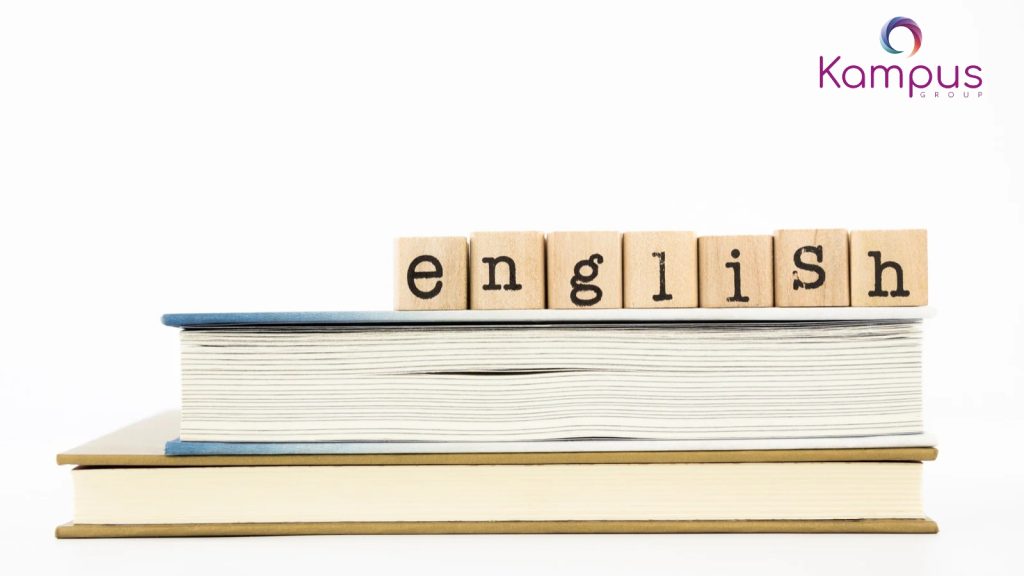Punctuation can make or break your writing. A well-placed comma clarifies your meaning. A missing full stop can confuse your reader. In English, punctuation is more than just grammar—it shapes how your message is received. Let’s break down the most common punctuation marks and how to use them like a pro.
Why Punctuation Matters
Think of punctuation as the roadmap of your sentence. It shows where ideas pause, stop, or shift in tone. Used properly, punctuation makes your writing clear and engaging. Misused, it can change your message entirely or make it hard to follow. That’s why mastering punctuation is a key step toward confident, polished communication.
1. Full Stops (.)
Also called periods, full stops are used to mark the end of a sentence:
- She loves painting.
- The meeting starts at 3 PM.
They’re also used in abbreviations:
- Dr. (Doctor)
- Prof. (Professor)
- etc. (et cetera)
2. Question Marks (?) and Exclamation Marks (!)
Question marks indicate a direct question:
- Where are you going?
- Did you submit your assignment?
Exclamation marks add emotion—surprise, anger, excitement:
- That’s amazing!
- “Watch out!” she screamed.
- You forgot your passport?!
Tip: In informal writing, people sometimes combine both symbols (?!?!) to express disbelief or frustration—but use this sparingly in academic or professional writing.
3. Commas (,)
Commas help organize ideas and add clarity.
Use commas to:
- Separate items in a list:
We bought apples, bananas, and cherries.
(Note: The comma before “and” is optional in British English but preferred in American English.) - Add extra detail:
My brother, a talented musician, lives in New York. - Set off introductory or comment clauses:
In my opinion, the film was outstanding.
You should talk to her, if I may say so. - Distinguish between defining and non-defining relative clauses:
- Her car, which is red, is parked outside. (extra info)
- The car that’s red is parked outside. (specific one)
- Show direct speech:
He said, “We’re running late.”
“Let’s go,” she whispered. - Separate clauses (when subjects differ):
Liam enjoys cooking, but his brother prefers takeout.
4. Colons (:) and Semi-Colons (;)
Colons introduce lists, quotations, or explanations:
- You’ll need the following: paper, glue, and scissors.
- She was clear: “We won’t tolerate lateness.”
- He only had one goal: to win.
Semi-colons connect two closely related complete sentences:
- The class was full; no more students could register.
- He’s on a diet; however, he still eats cake.
Semi-colons are less common in everyday writing but useful for formal or complex ideas.
5. Quotation Marks (‘…’ or “…”)
Used for direct speech, titles, or to highlight specific words:
- She asked, “Where is my phone?”
- The sign read, ‘No Entry’.
- I’m not buying his ‘apology’.
Punctuation placement tips:
- Commas and full stops usually go inside quotation marks in American English.
- In British English, the punctuation may go outside, especially if it’s not part of the quoted sentence.
6. Dashes (–)
Dashes add emphasis or insert extra info:
- He brought everything—pens, paper, and markers—for the meeting.
- My sister – who just moved to Canada – called yesterday.
They’re informal, but great for creating rhythm and tone in modern writing.
Need Help Mastering English Writing?
Whether you’re preparing for university or improving professional communication, understanding punctuation is key to clear and effective English. At Kampus Group, we support international students in mastering academic writing, test prep, and university applications.
Want tailored English writing tips or academic proofreading? Let’s connect!
Frequently Asked Questions (FAQs)
- What’s the difference between a colon and a semi-colon?
A colon introduces something: a list, quote, or explanation. A semi-colon connects two complete sentences that are closely related in meaning. - When should I use a comma before “and”?
In American English, a comma before “and” in a list (Oxford comma) is common: apples, bananas, and oranges. In British English, it’s often omitted unless needed for clarity. - Can I use multiple exclamation marks in formal writing?
No. In academic or professional contexts, stick to a single exclamation mark—or none at all. Multiple exclamations are reserved for informal or expressive writing. - What’s the rule for punctuation inside quotation marks?
In American English, punctuation (like commas and periods) usually goes inside quotation marks. In British English, it depends on whether the punctuation is part of the quote. - Is it okay to use dashes instead of commas or brackets?
Yes, but sparingly. Dashes are more informal. They’re great for blog posts, emails, or conversational writing—but avoid overusing them in academic essays.

